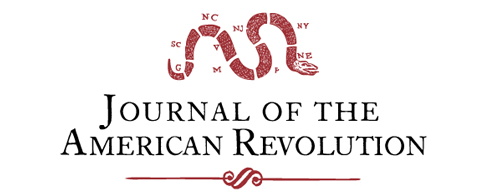Trojan Horse on the Water: The 1782 Attack on Beaufort, North Carolina
The mention of Beaufort, North Carolina, does not typically bring to mind any significant activity of the American Revolution. Only the most serious students of the war are likely to have studied the role Beaufort played. The action there offered no turning point and no clash between well-known commanders or sizable forces, but in the […]
